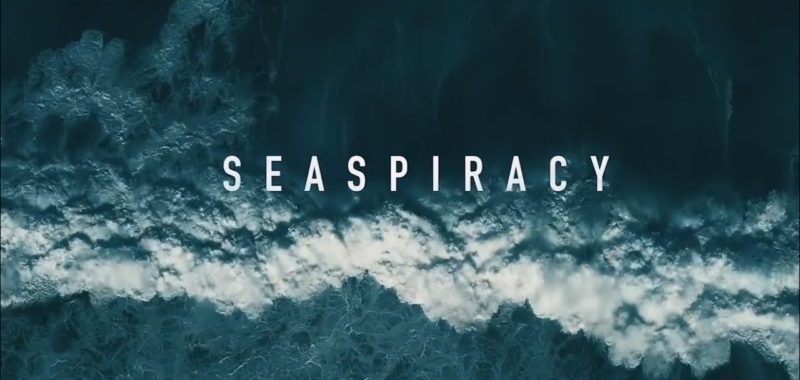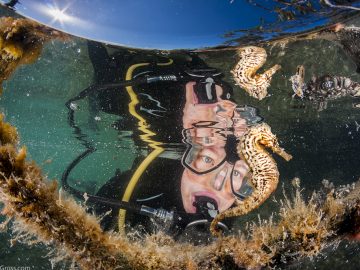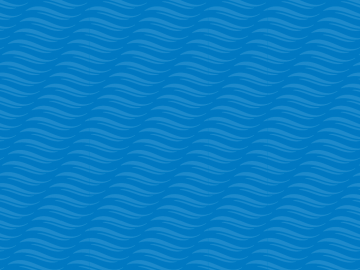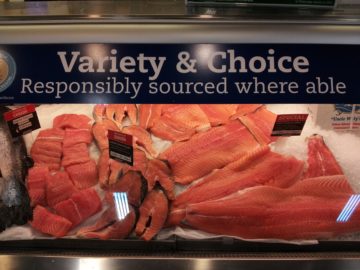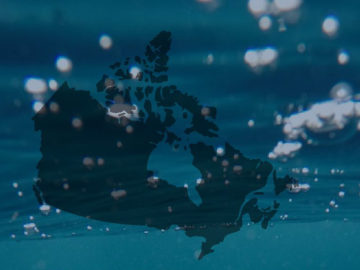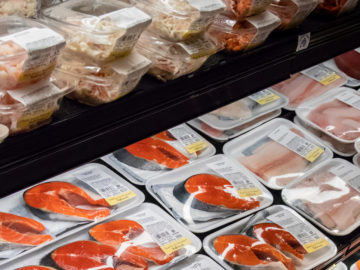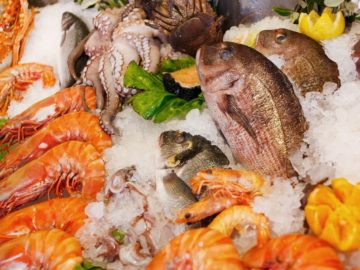Many issues the Netflix film covers hit home, but details and the proposed solution miss the mark.
Seaspiracy, a Netflix film about our impact on the oceans, has people talking. Prominent marine conservation organizations and fisheries scientists have highlighted its misrepresentation of scientific facts and contested its main message (for example, here and here) — that there’s no way to produce seafood sustainably so people should stop eating it.
Commentators have also noted the film’s:
- Failure to acknowledge the need for and benefits of small-scale and artisanal fisheries
- Colonial overtones
- Lack of positive representation from the global South
- Misrepresentation of non-governmental organizations (NGOs) and their staff
- Omission that there are 177 NGOs working on a global campaign to eliminate harmful fishing subsidies
- Implication that three billion people switching to land-based protein wouldn’t have an environmental impact
I knew I’d find the film upsetting. After over a decade working in fisheries and marine conservation, I’m more familiar than I’d like to be with whaling, shark finning, overfishing, destructive fishing practices, bycatch of marine animals, plastic pollution and human rights abuses.
Watching the film, I agreed with its points about the interconnection between marine ecosystem health and human health; the challenges of controlling and policing vessels on the high seas, thousands of miles from the nearest coast; the interplay between economics and environmental degradation.
However, I don’t agree that everyone should stop eating seafood — because this won’t stop the atrocities in the film from happening. And not all fishing is conducted the way the film represents. For example, in many Canadian fisheries, fleets of small boats operate in well-managed, tightly controlled fisheries.
For millions of people worldwide, not eating seafood is not an option — it’s their primary source of protein and/or employment. Millions in richer countries have their choice of protein options but — as awful as many of the film’s scenes are — few will stop eating seafood, even if they feel guilty about it. As the environmental community has learned over decades of trying to elicit behaviour change, telling people about their negative impacts seldom works, especially for things that require significant lifestyle change, like giving up flying or eating meat.
My hope is that people who watch this film come away with a better understanding of why our food choices matter. If you want to stop eating seafood, or all meat, that’s a valid choice. If you decide to continue eating seafood, Seaspiracy shows some of the risks. But you can substantially lower your risk of contributing to those problems:
- Find out how and where seafood products are harvested. Canada’s weak seafood labelling laws make this challenging, but asking for more information is essential if you want to use sustainability guides like those from Ocean Wise or Seafood Watch that assess and score the sustainability of hundreds of seafood types.
- Buy seafood with a reputable eco-label. The Marine Stewardship Council, while not perfect, is driving positive change. Products carrying their label are more likely to be responsibly produced than those without. The same goes for the Aquaculture Stewardship Council and Best Aquaculture Practice labels. This article underlines labelling practices to be cautious of.
- Support businesses following best practices, including labelling and traceability. You can buy Canadian-produced, sustainable, traceable seafood. Check out Skipper Otto, Organic Ocean and Afishionado.
- Tell your retailer you care about sustainable seafood. Every major retailer in Canada has committed to sourcing (at least some) sustainable seafood, but practices vary in scope and ambition. Seafood Progress shows your retailer’s commitment and what steps it’s taking to improve seafood production. Tweet retailers from their profile pages, talk to seafood counter staff or call customer service lines.
- Eat low on the food chain. Farmed mussels, clams and oysters benefit ecosystems because they require no or few inputs and feed by filtering water.
- Learn more. Ian Urbina’s The Outlaw Ocean covers many of Seaspiracy’s themes but doesn’t gloss over the nuance, the human stories and the real reasons the ocean is threatened. Or read Urbina’s series on ocean crimes in the New York Times.
Given what I know about the seafood industry, I can be a pain for friends or family when we go for sushi. If they watch Seaspiracy, next time they might understand. I’ll continue eating seafood but only if there’s enough information for me to know a product was responsibly produced. This helps support forward-thinking, responsible seafood businesses trying to do the right thing and encourages others to invest in better practices.
